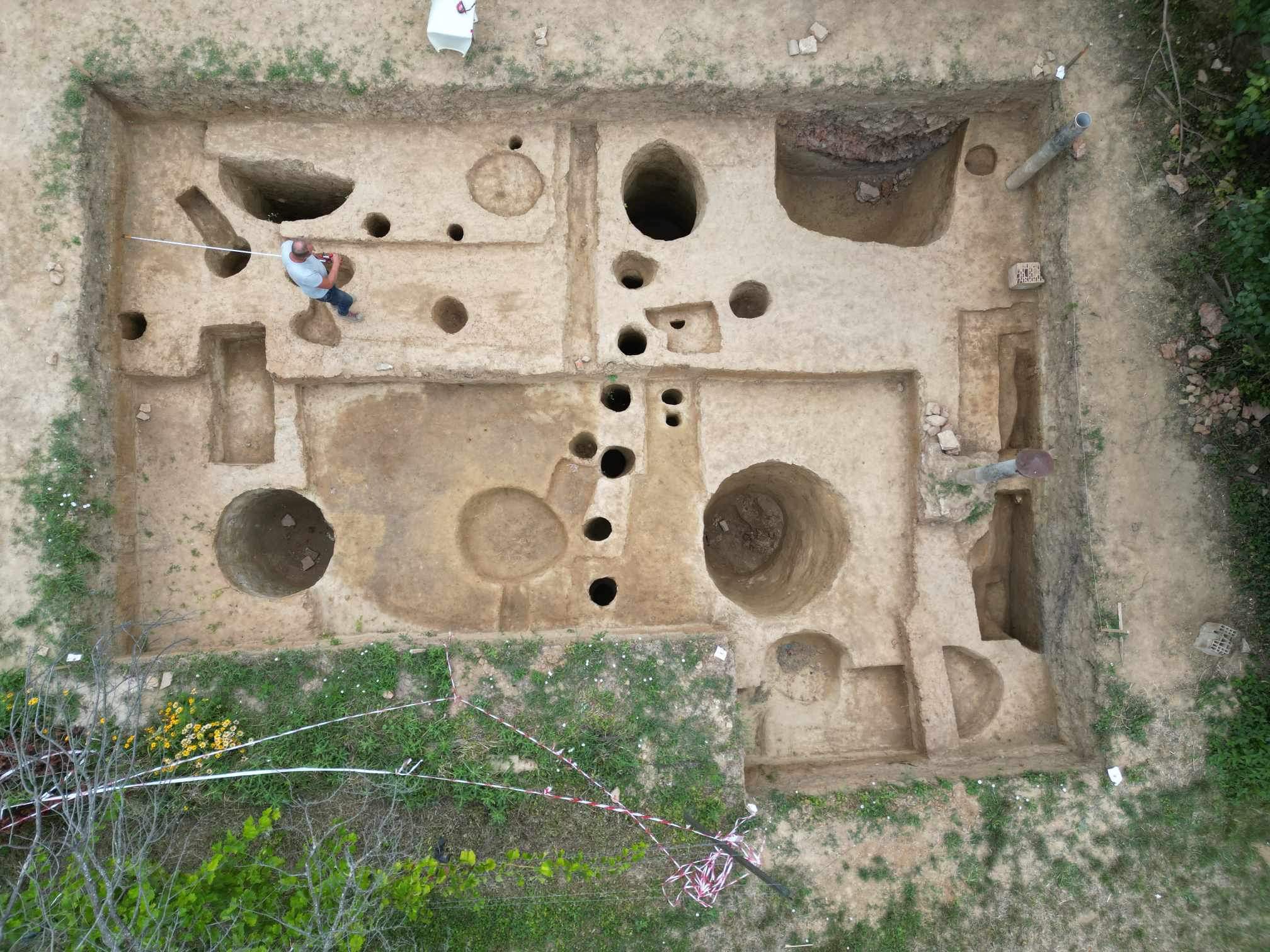Great news: Museum planned for Suleiman the Great’s tomb amid ongoing excavations in Szigetvár

The Turkish government is planning to build a museum near Szigetvár, Hungary, at the site of Sultan Suleiman the Great’s tomb. Sultan Suleiman died during the siege of the city, and part of his remains were buried there. Hungarian archaeologists are currently excavating the remains of the tomb chapel, which was destroyed in the late 17th century, along with the city that developed around it.
The discovery of Suleiman I’s mausoleum (türbe) in 2015 was a global sensation. Since then, excavations around Szigetvár have continued, revealing valuable artefacts. According to Index, archaeologists have reconstructed aspects of the former Turkish settlement of Turbek from jewellery and plant remains. However, Norbert Pap, the head of the research team, noted that “there is still much work to be done to create an archaeological park here.”
By autumn 2015, the türbe had been uncovered and excavated. By 2019, archaeologists Erika Hancz and Máté Varga, along with students from the University of Szeged and occasional contributions from Turkish archaeologists, had also excavated parts of the surrounding buildings and fortifications. Records indicate that the area was used for cultivating various crops, including fruit, vegetables, and grains. Detailed documentation of daily life and the death of Sultan Suleiman has also been discovered.

Norbert Pap highlighted that, thanks to Professor Pál Sümegi’s archaeobotanical team, a comprehensive picture of the crops grown in Turbek has emerged. The research revealed that, in addition to cereals, the gardens produced beans, peas, celery, and aniseed. Identified flowers include carnations, roses, and lilies, while the orchards yielded cherries, plums, walnuts, and hazelnuts.
Following the Turkish siege of Szigetvár in 1566, a memorial garden was established at the site of Sultan Suleiman’s death by his order. Although there are written records of this garden, the specific varieties of plants grown there are not mentioned.
The Hungarian and Turkish governments are collaborating on the excavation of Suleiman’s tomb

A 2012 agreement stipulates that Hungarian archaeologists and scientists conduct the research. However, since 2015, Turkey has been advocating for the construction of a museum on the site, necessitating its transfer into state ownership.
Concrete plans for cooperation between the two governments are still in progress, and researchers face significant work ahead. Norbert Pap, head of the Department of Political Geography, Development, and Regional Studies at the University of Pécs, emphasised that without complete knowledge of the site, planning an archaeological park remains challenging.
According to the 2012 agreement, the Turkish government initially funded the Hungarian archaeologists for two years. The contract aimed to locate and excavate the mausoleum by 2016, marking the 450th anniversary of the Sultan’s death. Subsequent funding from Hungarian state sources has supported further investigations. In 2015, Pál Fodor joined Norbert Pap as co-leader of the project. Pap and his team recently presented their findings from the excavations at Szigetvár, including new insights into the Sultan’s mausoleum and the settlement of Turbek.
Read also:
How medieval Hungarian villages looked before the Ottoman occupation – See here
One of the largest Roman soldiers’ and citizen town, legio camp excavated in Hungary – PHOTOS
Source:






To a Hungarian this is as exciting as an Israeli seeing a bust of Hitler erected in Jerusalem.